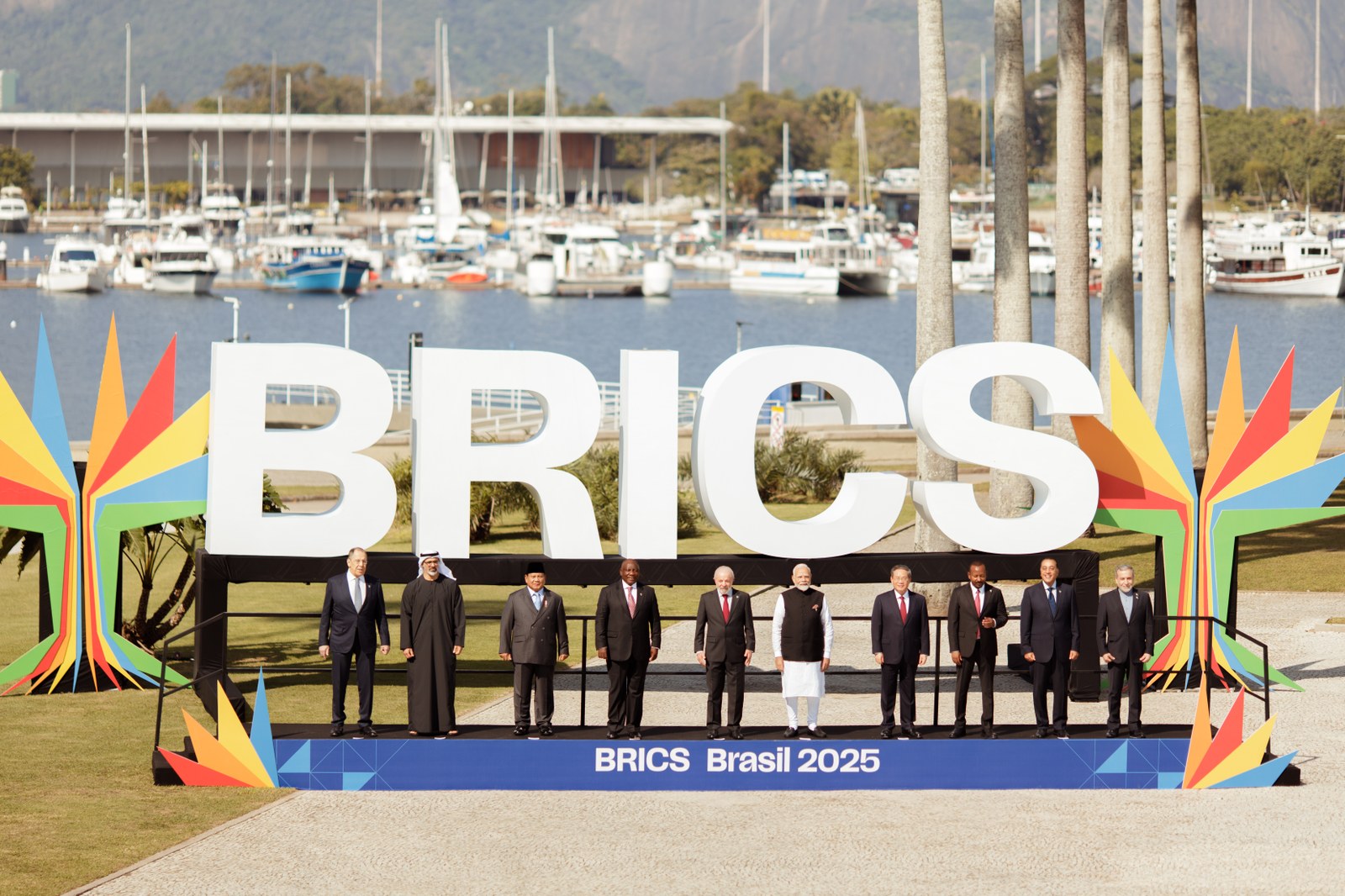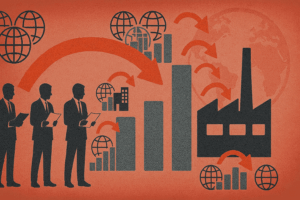Photo source: brics.br
In recent months, the BRICS bloc — now larger and more cohesive — has made it clear that it intends to play a decisive role in redefining the world’s economic and political balance.
The 2025 meetings, from the April Foreign Ministers’ summit to the July summit in Rio de Janeiro, mark a turning point: BRICS are no longer just an economic alliance among emerging countries, but are becoming a platform for alternative governance, openly engaging (and at times contrasting) with Western-led global structures.
An increasingly coordinated agenda
The final declaration of the Rio summit — focused on “Global South cooperation and inclusive governance” — reaffirmed the bloc’s intention to reform international financial institutions, promote broader use of local currencies in trade, and strengthen joint infrastructures for research, energy, and technology.
Behind these words lies a coherent strategy: to build a system capable of reducing structural dependence on the dollar and Western markets, while at the same time reinforcing internal value chains within the bloc.
A response to tariffs and global tensions
Recent trade tensions — driven in particular by new U.S. tariffs targeting China and Brazil — have pushed the BRICS to deepen their internal cooperation.
Western protectionist measures are therefore accelerating a process of geopolitical restructuring, in which Global South countries no longer wish to remain mere suppliers of raw materials or labor, but aim to control entire production chains.
An increasingly broad and complex alliance
The expansion of the bloc — with several new countries expressing interest in joining — enhances its legitimacy while simultaneously increasing its internal complexity.
China, India, and Russia continue to pursue often divergent goals, yet they share a common interest: building a multipolar order that serves as a counterbalance to Western-driven markets.
What to expect in the coming years
From the upcoming meetings — including the technical round in October 2025 on research infrastructures — one can expect progress in joint projects across the technological, energy, and digital sectors.
The BRICS will seek to strengthen an increasingly autonomous scientific and industrial network, support their own currencies and internal payment systems, and increase the bloc’s political influence in international negotiations.
All this will have direct implications for the West: a gradual shift in the global decision-making center of gravity toward the Global South, accompanied by the BRICS’ growing capacity to respond to crises in a coordinated way.
A crucial junction in the world system
Ultimately, the BRICS have for several years been building the embryonic form of a parallel economic governance system.
This is not merely about defending themselves from tariffs or sanctions, but about laying the foundations for a framework capable of producing its own rules, based on principles of reciprocity, cooperation, and monetary pluralism.
For the West, this means facing a new kind of competition — not only commercial, but institutional.
Western multinational corporations, which until now have been free to reorganize their global supply chains at will, will have to adapt to a world where the rules of the game are no longer written by a single center of power, but by multiple poles, each with its own economic and political logic.



